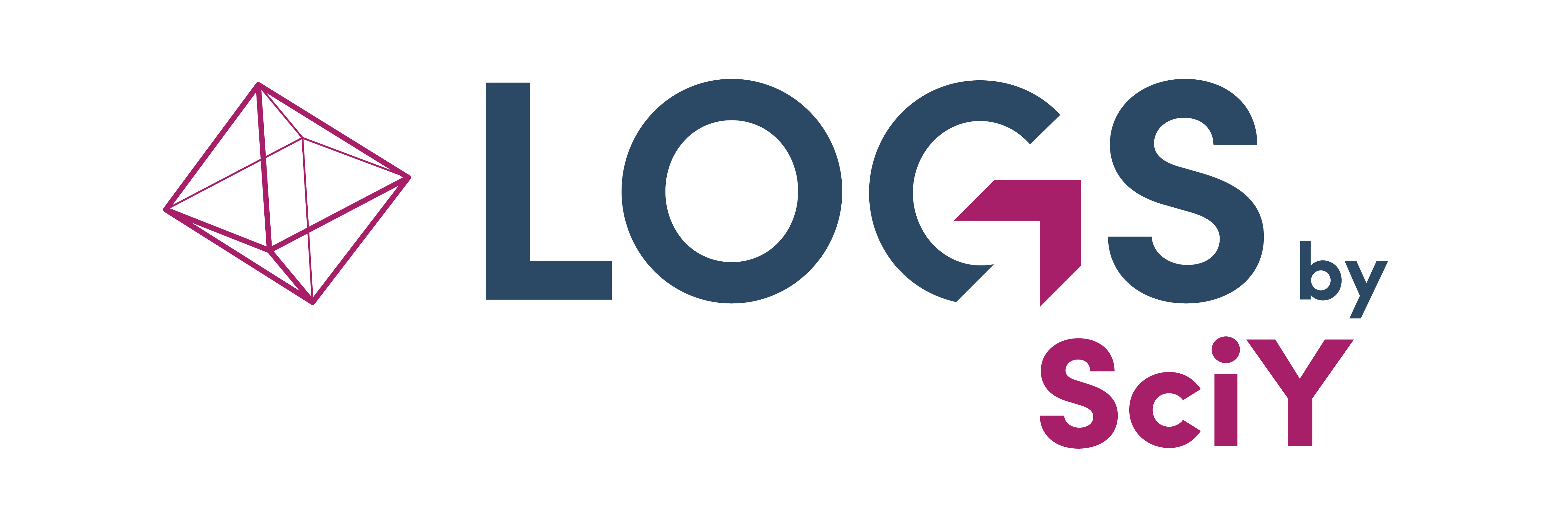Datasets
Introduction
The central part of LOGS are the datasets. Every measurement results in a dataset. It depends on the data format if a dataset consists of only one single file or multiple files incl. the raw data and additional information that are needed to read the data. Also datasets that consist of multiple tracks are possible. To unambiguously reference a dataset, every dataset has an unique identifier (UID) per LOGS instance and group, which can be found in the URL after the #.
For example: name.logs-repository.com/group/#data/11
Permissions
When claiming a dataset, a user becomes the owner of the dataset and is allowed to view and edit that dataset. Users with the role privileged user or higher are also allowed to view and edit that dataset. You can give other users permissions for this dataset via projects.
Read more: Permissions and Roles
Add/Edit Datasets
Add Datasets
In general, datasets are uploaded automatically in LOGS directly from the instruments. In Addition you can manually upload datasets by clicking Upload dataset. Read more: Data Upload
Edit and Claim datasets
Open a dataset by clicking on one dataset in the dataset table or by selecting a dataset by clicking the checkbox. By clicking on Edit the editing dialog opens and you can edit all properties of a dataset. If you finished editing the dataset click save.
Use Shift+Click to select consecutive datasets.
To edit the metadata of multiple datasets at once select the relevant datasets and click the edit icon in the upper right corner. Here you can edit and claim one or multiple datasets. You can select existing metadata from the dropdown menu or add new samples etc by clicking on add sample. You can also delete already selected properties by clicking unassign. You can save your editing by choosing Edit & claim X datasets or Edit X datasets.
Only LOGS properties can be changed here, the raw data itself is never edited by LOGS.
Advanced edit mode
Additionally you can use the advanced edit mode by clicking on Advanced edit in the lower left corner of the edit dropdown. Here you have full control over every property with options to apply and/or append values for all selected datasets at once or for every dataset separately. To change a property for a single dataset, you can select it from the dropdown in the relevant cell. To change a property for several datasets at once, select the datasets and choose the property in the table header, then click the blue downward pointing arrows.
Save your changes by clicking Save changes in the upper right corner or claim the data by clicking Edit & claim. The number in the buttons reflects the number of datasets that you have changed, not the number of changed attributes.

Download datasets
Datasets can be downloaded from the LOGS server as .zip files. You can select one or more datasets and click on Download in the upper right corner of the dataset table. The dataset/bundle will be downloaded according to your browser settings either in the download folder or you can choose a destination folder.
Trash datasets
Datasets can also be deleted in LOGS. Select one or more datasets in the dataset table and go to the More menu in the upper right corner of the dataset table (three dots) and click Move to trash. Trashed datasets are then only visible in the Trash tab on the right. In the Trash datasets table view, you can undo trashing or delete datasets forever by selecting one or more dataset from the table and clicking either Restore from trash or Delete.
Only admins can delete datasets permanently.
If a dataset was uploaded by the automatic upload via a LOGS-Bridge, permanently deleted dataset will be re-uploaded during the next upload process.
Dataset Pages
Dataset Overview Page (Table)
The dataset tables behaves mostly the same like any other data table in LOGS.
The Datasets page shows a table overview of all datasets that are stored in LOGS. Three different views are pre-selected and separated by tabs at the top of the table. The tab All shows all datasets that you are allowed to see (based on project permissions and user rights). The tab My datasets shows only your own claimed datasets and the tab Unclaimed shows new unclaimed datasets. Trashed datasets can be shown by clicking on Trash tab on the right (Trashed data will be hidden from most views within LOGS, can be restored or permanently deleted).
Datasets can be filtered by a variety of different filters. The search function for datasets include “Name”.
Dataset Detail Page
By clicking on a dataset in the table you are redirected to the dataset detail page. On this page you see all information about the dataset including dataset details, sample information and Source information. The sidebar also contains linked content like documents and lab notebooks which are part of this dataset. The tiles show only elements which can be viewed by the current user. On the right a preview of the LOGS-Viewer is shown, which give a good first impression of the dataset. By clicking on the preview, you are redirected to the LOGS-Viewer of this dataset. Below, the parameters are listed. You can search and filter the parameters by clicking Filter in the top right of the parameter tile. The raw data of this dataset shown in the files tile. Here you can have a look into the dataset files from the instrument by clicking on this file. You can also download this specific file here.
Automation
REST API
The data type dataset is supported by our REST API. You can find more information in the API documentation.
LOGS Py
The data type dataset is supported by LOGS-Python. You can find more information in the LOGSPy documentation.
